THE RECIPE HATCH
Where tasty ideas take flight! 🚀🐣 Fresh, easy recipes hatched daily to make cooking simple and flavorful.
BEST CATEGORIES
TRENDING
NEW RECIPES

Cinnamon Apple Fritters Tasty and Crunchy Treat
If you’re craving a sweet and crunchy snack, you’ll love these Cinnamon Apple Fritters! Imagine biting into a warm fritter, bursting with tender apple pieces
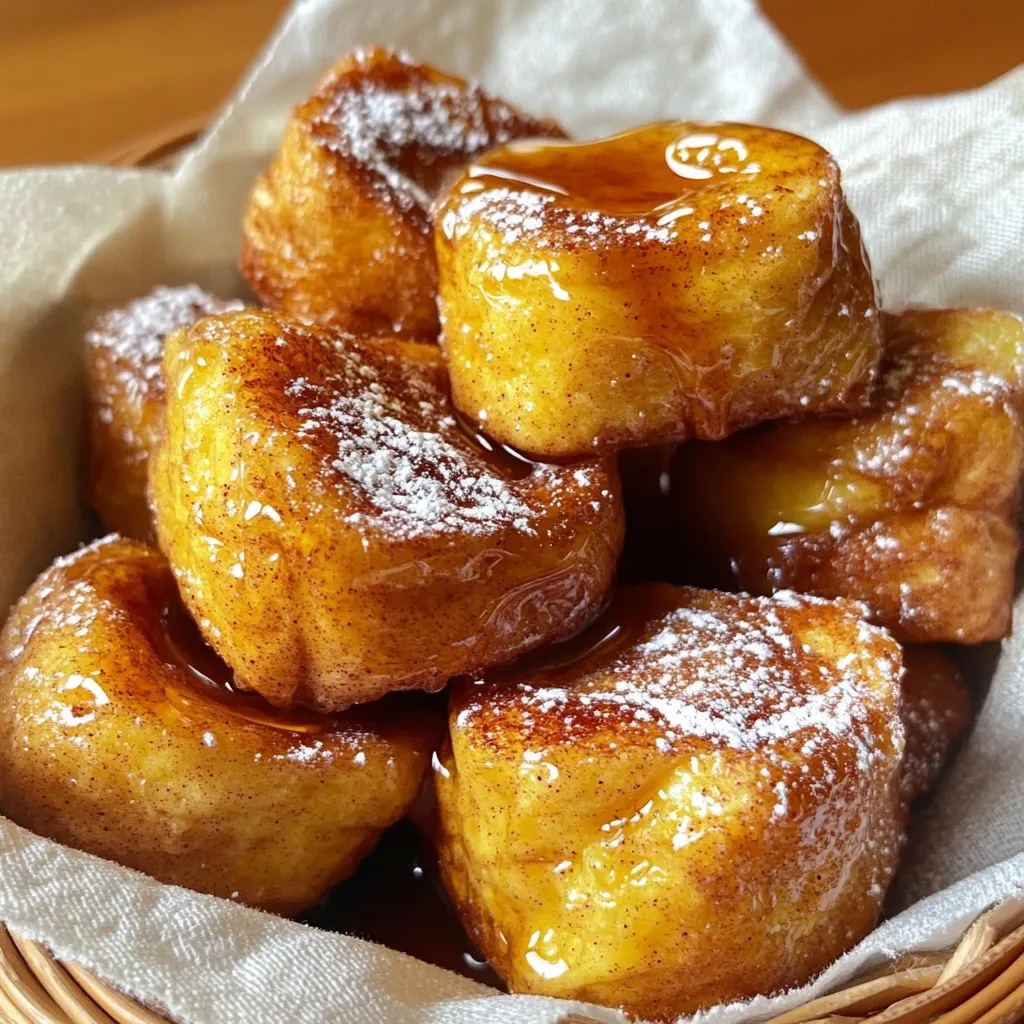
Cinnamon Roll French Toast Bites Quick and Easy Treat
If you love cinnamon rolls and French toast, you’ll adore my quick and easy Cinnamon Roll French Toast Bites! This tasty treat combines your favorite

Crispy Air Fryer Pizza Rolls Easy Snack Recipe
Craving a quick and tasty snack? You’re in the right place! Crispy Air Fryer Pizza Rolls are easy to make and full of flavor. In

Autumn Sausage Squash Pasta Delightful and Simple Meal
Fall flavors shine in this Autumn Sausage Squash Pasta. You’ll love how simply you can combine hearty Italian sausage with roasted butternut squash for a

Bakery Style Thick Chocolate Chip Cookies Recipe
If you crave the thick, gooey chocolate chip cookies from your favorite bakery, you’re in the right place! In this recipe, I will show you

Copycat Grilled Cheese Burrito Delightful and Easy Recipe
Are you ready to take your grilled cheese game to a whole new level? With my Copycat Grilled Cheese Burrito, you’ll enjoy gooey cheese, flavorful
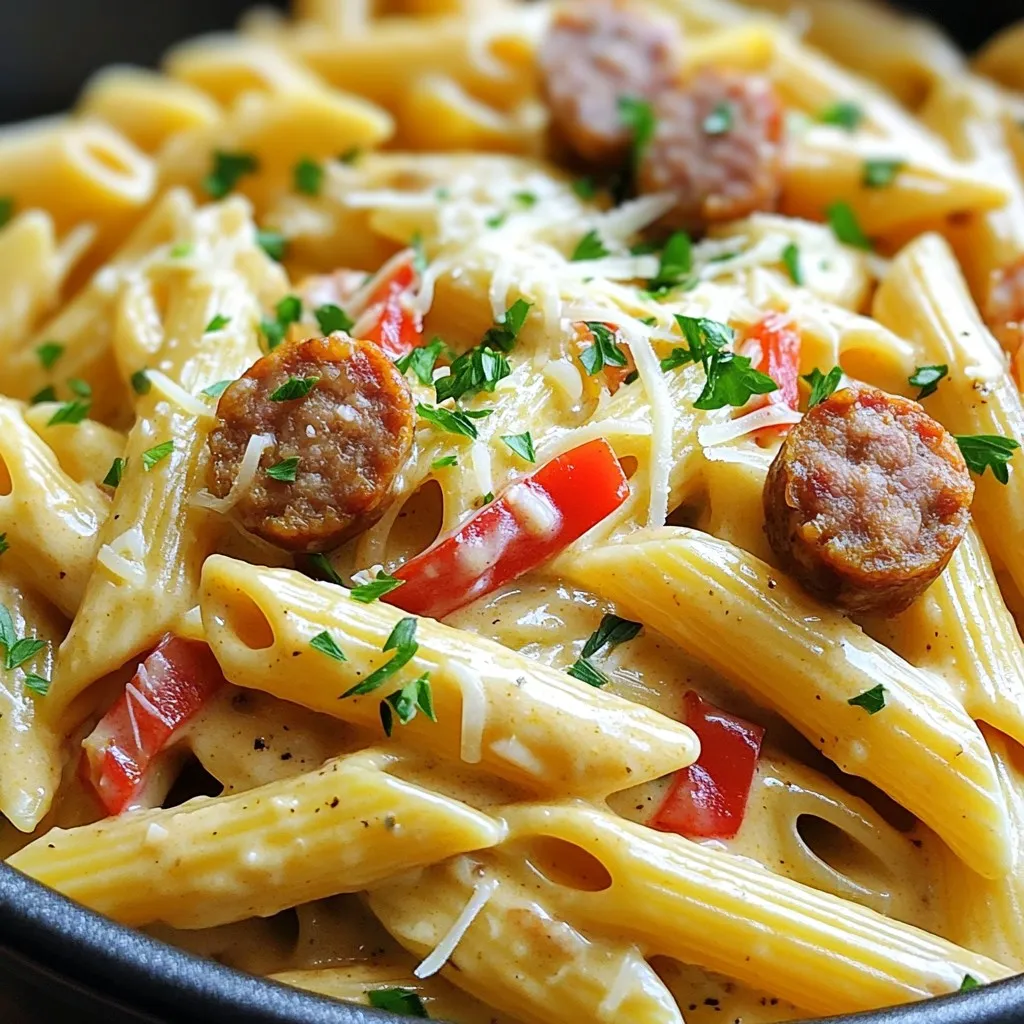
One Pot Creamy Cajun Sausage Pasta Quick Delight
Looking for a tasty meal that comes together in one pot? You’re in for a treat! My One Pot Creamy Cajun Sausage Pasta is the
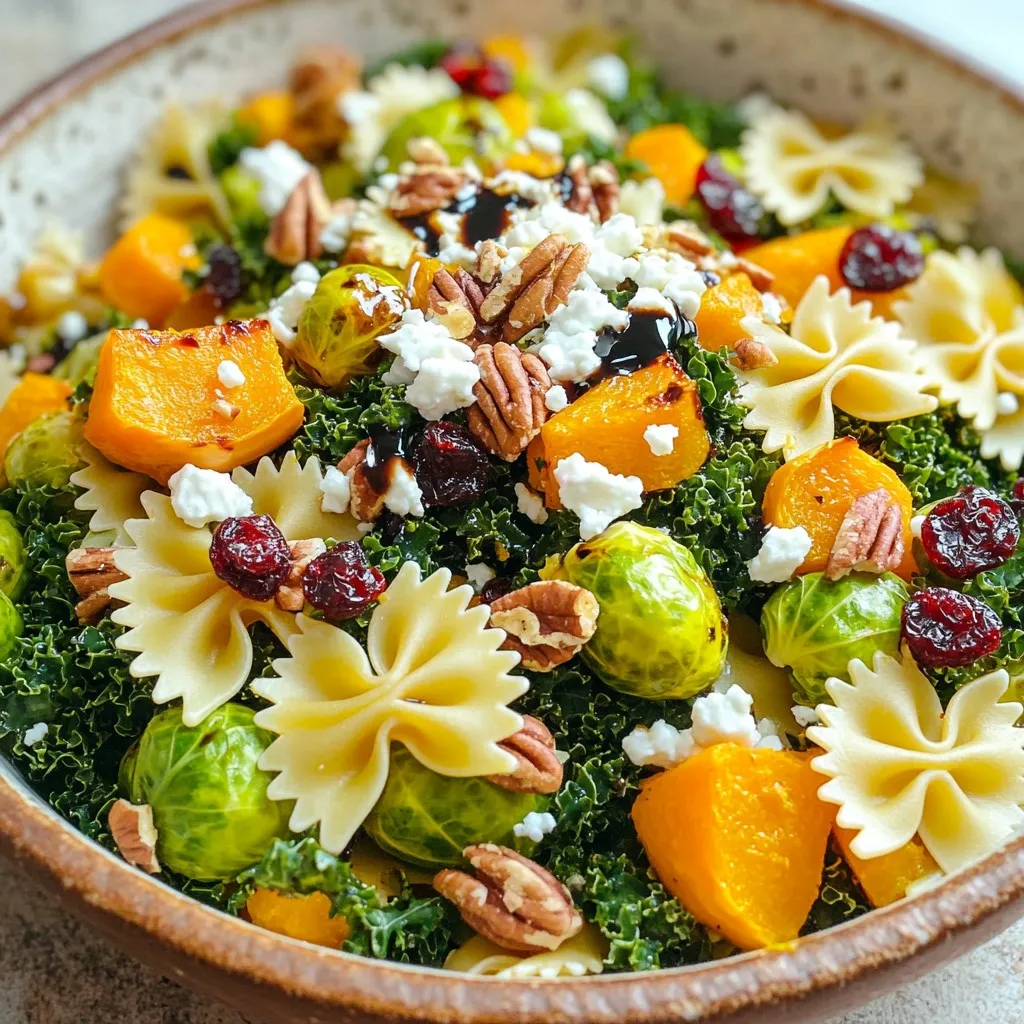
Fall Harvest Pasta Salad Flavorful Seasonal Dish
Fall is here, and it’s the perfect time to enjoy a tasty Fall Harvest Pasta Salad! This dish blends vibrant autumn flavors, from roasted veggies

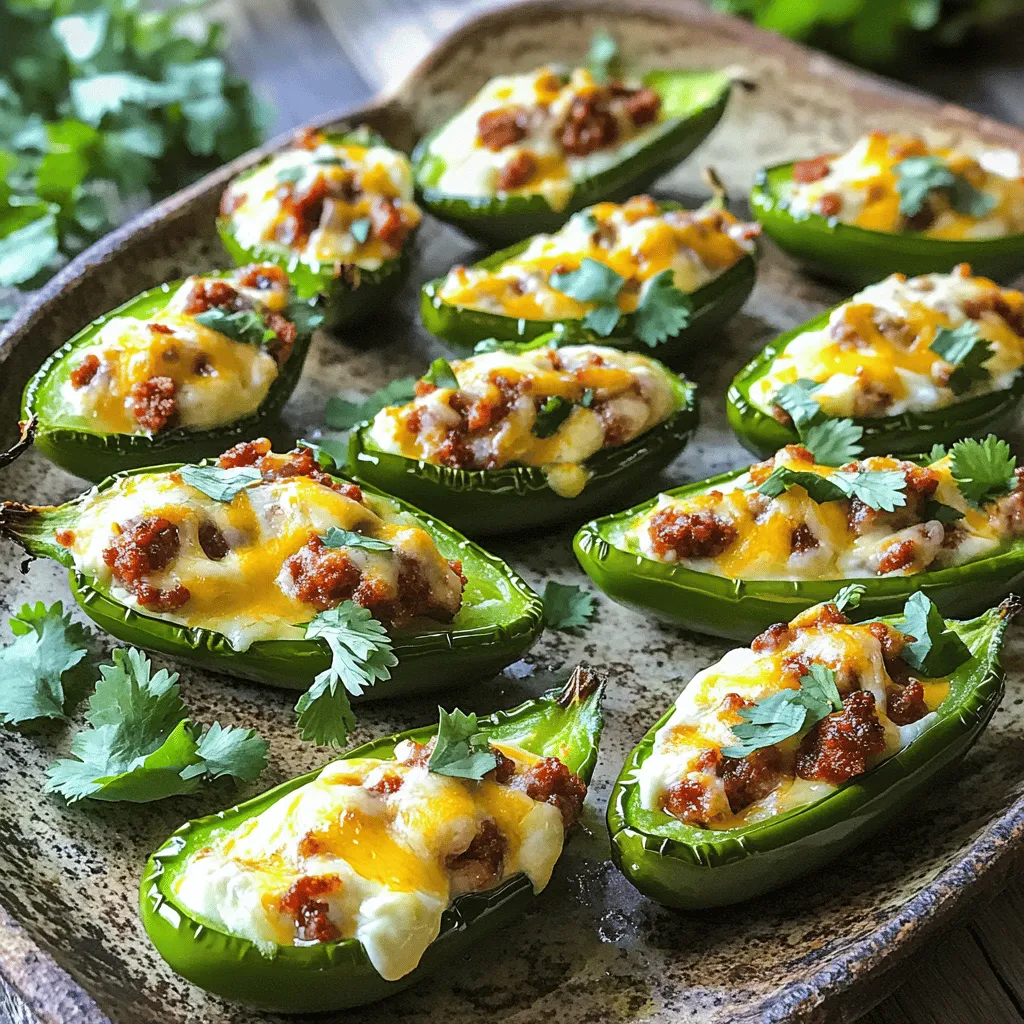
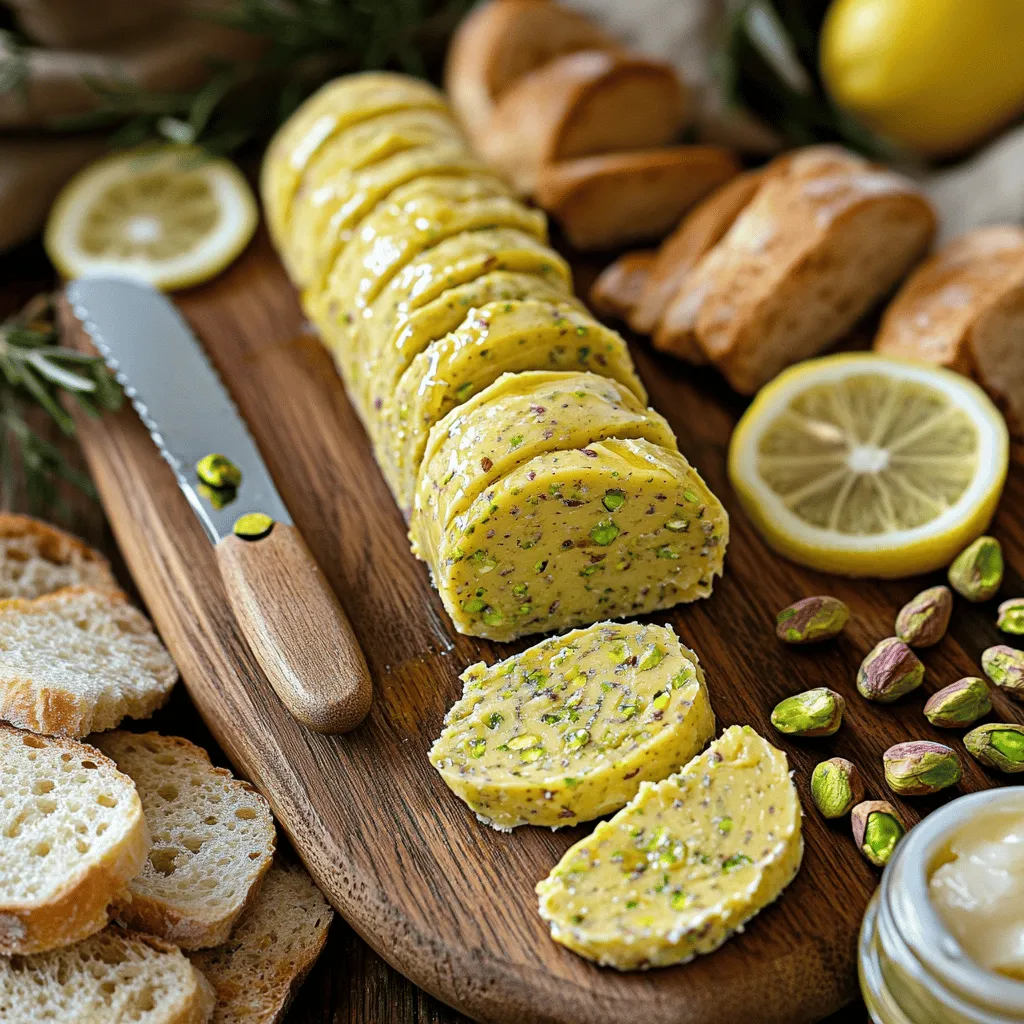
![- 4 cups fresh peaches, peeled and sliced - 1 cup granulated sugar, divided - 1 tablespoon lemon juice - 1 teaspoon ground cinnamon - 1 cup all-purpose flour - 1 tablespoon baking powder - 1/2 teaspoon salt - 1 cup milk - 1/2 cup unsalted butter, melted - 1 teaspoon vanilla extract The key to a great peach cobbler lies in the ingredients. Fresh peaches bring a sweet and juicy flavor. You can also use sugar for sweetness and lemon juice to add a bright taste. Ground cinnamon gives a warm spice note, while flour makes the batter light. Baking powder helps it rise, and salt balances the flavors. The milk and melted butter add richness, and vanilla enhances the overall taste. - You can swap peaches for other fruits like blueberries or apples. - For gluten-free options, use almond flour or coconut flour. - If you need dairy-free butter, try coconut oil or vegan butter. These substitutions allow you to customize your cobbler. Each fruit adds its own unique flavor. Gluten-free and dairy-free options make this dessert more inclusive for everyone. - Fresh peaches taste best for this recipe. - Canned peaches work if fresh ones are not available. - Choose ripe peaches that yield slightly when pressed. Fresh peaches offer a juicy bite and a sweet aroma. When selecting, look for peaches with a rich color and no bruises. Seasonal peaches are always the best choice for flavor. If using canned peaches, drain them well to avoid a soggy cobbler. How to peel and slice peaches Start by placing your peaches in boiling water for 30 seconds. This helps the skin come off easily. After that, plunge them into cold water. Once cooled, the skin should slip right off. Slice the peaches into thin wedges for even cooking. Tips for preventing browning of peaches To keep your peaches fresh and bright, sprinkle some lemon juice on them right after slicing. This acid helps stop oxidation. You can also toss them in a bit of sugar, which can help preserve their color. Mixing dry and wet ingredients In a large mixing bowl, combine the dry ingredients first. Whisk together flour, baking powder, salt, and half of the sugar. In a separate bowl, mix the milk, melted butter, vanilla, and the rest of the sugar. This separation keeps the batter light. Importance of the order in combining ingredients Always add the wet ingredients to the dry ones. This helps to avoid lumps. Mix gently until it’s just combined. Overmixing can lead to a dense cobbler, which we don’t want. Ideal oven temperature and bake times Preheat your oven to 350°F (175°C). Pour the batter over the peaches without stirring. Bake for 45-50 minutes. The top should be golden brown when done. How to check for doneness Use a toothpick to test the cobbler. Insert it into the batter; if it comes out clean, it’s ready. If it’s still wet, let it bake for a few more minutes. For the complete recipe, check out the [Full Recipe]. To get a fluffy coating, mix your batter gently. This keeps air in the mix. Do not overwork it. The batter should be smooth, not thick. When you pour it over the peaches, do not stir. This lets the batter rise while baking. To avoid soggy bottoms, you must use ripe peaches. They have more juice, which keeps the cobbler moist but not wet. You can also bake it on a lower rack. This helps the bottom cook better. A scoop of vanilla ice cream is a classic choice. It melts and mixes with the warm cobbler. Whipped cream also adds a nice touch. You can even mix in a bit of cinnamon for extra flavor. For special occasions, serve the cobbler in individual dishes. This adds a nice flair. You can also sprinkle a little mint on top for color and freshness. One mistake is overmixing the batter. This makes it tough instead of fluffy. Mix just until combined. Another common error is using unripe peaches. They do not have the same sweet flavor as ripe ones. Choose peaches that give a little when you press them. This means they are ready to eat. {{image_2}} You can switch up the fruit in your cobbler! Instead of peaches, try mixed berries. Blackberries, strawberries, and blueberries work well together. This mix adds a burst of color and flavor. Another fun option is to use tropical fruits. Pineapple, mango, or even banana can bring a sunny twist. These fruits change the cobbler's taste and make it feel like a vacation. Want to spice things up? Adding nutmeg or ginger gives your cobbler a warm kick. Just a pinch can enhance the flavor. Consider mixing in some nuts or oats, too. These add crunch and texture to your cobbler, making it extra special. You can serve your cobbler in fun ways! Mini cobblers in individual dishes make for cute servings. Everyone gets their own, and they’re perfect for parties. Or, try pancake-style peach cobbler. Just pour the batter into a skillet, then add the peaches. Cook it like a pancake for a unique breakfast treat. It’s a fun twist on the classic dish. For the full recipe, check out the [Full Recipe]. To keep your peach cobbler fresh, use an airtight container. Glass or plastic containers work well. You can store it in the fridge for up to four days. If you want to save it longer, freeze it. Wrap it tightly in plastic wrap and foil. It can last for three months in the freezer. When you're ready to enjoy your cobbler again, reheating it the right way matters. Preheat your oven to 350°F. Place the cobbler in an oven-safe dish. Cover it with foil to keep it soft. Heat for about 20 minutes. Check it occasionally. To avoid sogginess, do not add extra moisture when reheating. At room temperature, your cobbler can last for about two days. If you store it in the fridge, it will last up to four days. Refrigeration helps keep the flavors fresh. Always check for any signs of spoilage, especially if it sits out for too long. Enjoy your cobbler while it's fresh for the best taste! Yes, you can use frozen peaches. They are a great option if fresh peaches are not available. Using frozen peaches gives you the same sweet flavor and texture. Just remember to thaw them first. This helps with even baking. You may need to bake it a bit longer. Check for doneness after 50 minutes. The cobbler should be golden and firm. You can make this cobbler ahead of time. Prepare the peach mix and the batter separately. Store them in the fridge for a day. This keeps them fresh. When you are ready, layer them together in your baking dish. Bake as the recipe states. This method saves time on busy days. Yes, you can use other sweeteners. Honey and maple syrup are great options. They add unique flavors to your cobbler. However, using these sweeteners may change the texture. It can make the cobbler a bit denser. Adjust the amount to taste, starting with less than the sugar called for in the recipe. This cobbler recipe offers a simple way to enjoy fresh peaches. We covered ingredients, substitutions, and tips for making the perfect dish. Remember, ripe peaches make a big difference in taste. Also, avoid common mistakes like overmixing the batter. You can even experiment with other fruits and flavors. Whether serving at a gathering or enjoying at home, this dessert is sure to please. Happy baking, and enjoy each bite of your delicious peach cobbler!](https://therecipehatch.com/wp-content/uploads/2025/06/a21f6b18-f051-4b50-84ad-1d8eca1481ae.webp)
. To keep your zucchini bread fresh, store it in an airtight container. Place a piece of wax paper between slices to avoid sticking. This method helps retain moisture and flavor. If you have leftovers, refrigerate them for up to one week. Enjoy your bread cold or warm it slightly in the microwave. Freezing zucchini bread is a great way to save it for later. Wrap the bread tightly in plastic wrap and then in aluminum foil. This keeps out air and moisture. It can last in the freezer for about three months. To thaw, leave it in the fridge overnight or at room temperature for a few hours. Avoid microwaving it directly from the freezer. This keeps the texture nice and soft. Homemade zucchini bread can last up to a week in the fridge or three months in the freezer. Check for signs of spoilage, like a sour smell or mold. If the bread feels very dry or crumbly, it’s best to toss it. Always trust your senses. Freshness is key to enjoying the best zucchini bread! Yes, you can use other squash in your bread. Yellow squash works well. You can also try butternut squash for a sweet taste. Just remember to prepare them like zucchini. Grate them and remove excess moisture. This step keeps your bread from being too wet. If you need an egg substitute, you have options. Use 1/4 cup of applesauce for each egg. You can also use mashed banana or yogurt. Flaxseed meal is another great choice. Mix one tablespoon of flaxseed with three tablespoons of water. Let it sit for a few minutes until it thickens. To check if your zucchini bread is done, use a toothpick. Insert it into the center of the loaf. If it comes out clean, your bread is ready. You can also look for a golden-brown crust. The bread should spring back when gently pressed. Yes, mini loafs are a fun option! Adjust your baking time to about 25-30 minutes. Check for doneness with a toothpick as well. Mini loaves are great for sharing or freezing. They bake up nice and cute, too! Zucchini bread brings together simple ingredients and methods for a delicious treat. We covered key ingredients, including how to prepare zucchini and choose sugars. You learned about the steps to mix, bake, and check for doneness. I shared tips to avoid common mistakes and enhance flavor and texture. With variations for gluten-free and vegan options, there's something for everyone. Storing your bread correctly ensures you enjoy it longer. Embrace these techniques and enjoy baking your perfect zucchini bread every time.](https://therecipehatch.com/wp-content/uploads/2025/06/2f102920-2925-4b6e-9e1a-4c000d629c82.webp)